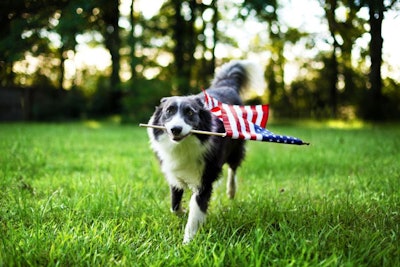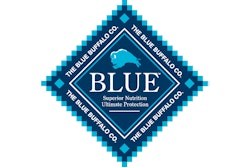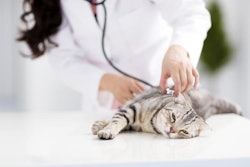
Human cuisine varies widely across the United States, from New England clam chowder to Los Angeles food truck tacos. Pet foods tend to be similar across the nation, although some pet food recipes are modeled on specific ecosystems. Nevertheless, differences may exist across the U.S. in pet owners’ preferences for their pets’ foods. Insite AI, a provider of customizable AI solutions for category management and revenue cycle management, used an artificial intelligence system to analyze consumer purchasing patterns across the United States.
Top pet food flavor profiles by region
Miami, Florida - chicken, salmon, mixed
Phoenix, Arizona - mixed, seafood, poultry + beef
Long Beach, California - chicken, seafood
Las Vegas, Nevada - mixed, chicken, poultry + beef
Austin, Texas - salmon, seafood, mixed
According to Insite AI, these were the top cat food brands consumed across the major US market: Special Kitty, Pure Balance, Fancy Feast, Meow Mix, Sheeba, Blue Buffalo, and Friskies. Premium pet food products grew most between 2019 and 2020 in Miami, San Jose, Austin, Phoenix, and New Orleans. San Jose, Miami, Austin, Phoenix and Las Vegas saw the most growth in cat snacks. Insite AI used s range of publicly available data sources, which were processed by its AI platform.
More uses of artificial intelligence in pet food
6 ways computerization and AI improve pet food extrusion
Integrating artificially intelligent (AI) computer technology with pet food extruder hardware gives a manufacturer greater control over efficiency and product quality, while increasing their ability to trace and correct problems. Rodolphe Sivet, project manager with Clextral, described how artificial intelligence allows machines to make decisions, control operating parameters and perform maintenance before it becomes a problem. Clextral is a pet food and animal feed processing machine manufacturer.
AI dog feeder reorders private label kibble on Amazon
Human appliances may soon move into the artificial intelligence age with smart refrigerators that automatically reorder groceries using Amazon’s Dash system. However, dogs already have an AI option for their eats.

















